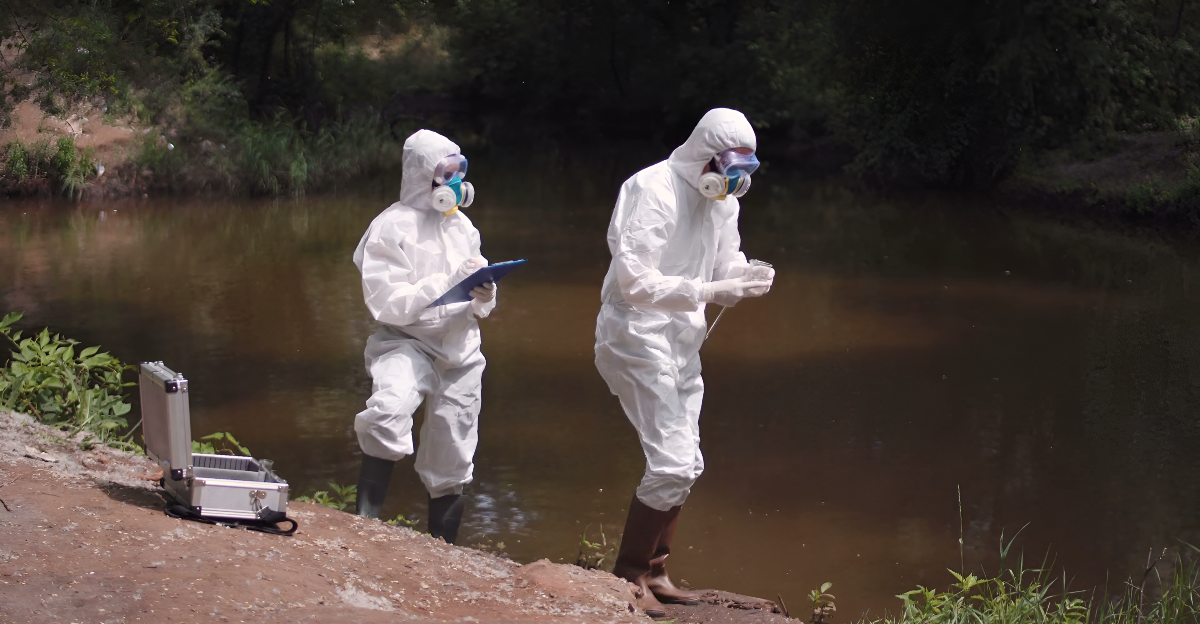
The rusty crayfish is an aggressive invader that’s native to the Ohio River Basin. They have recently been confirmed to be living in Colorado’s waterways, especially in the West Fork Little Thompson River in Larimer County.
Rusty crayfish are notably bigger than Colorado native crayfish and are fierce competitors for local food and habitat space. They disrupt aquatic vegetation and cause an ecosystem imbalance.
To make matters worse, the species has a quick reproduction cycle and voracious appetite, which has implications for native wildlife and habitats that they invade.
Invading Colorado
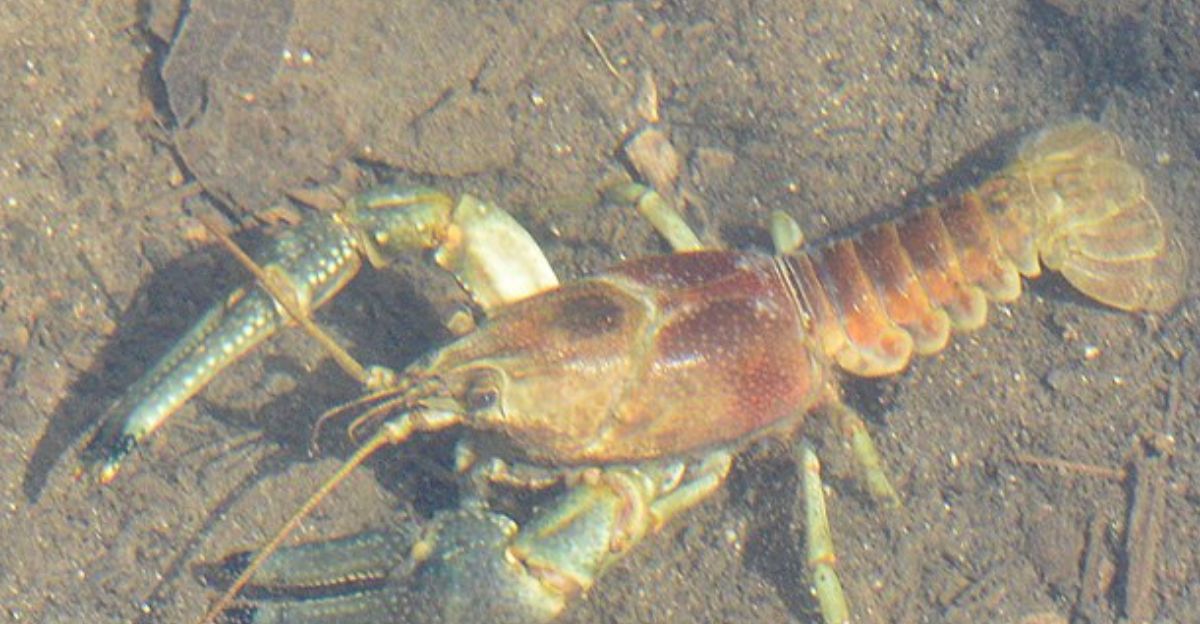
The rusty crayfish made its way into Colorado by anglers who used the species as live bait. Unused ones would normally be released into the water, which had an enormous consequence for the local ecosystem.
Other ways the crayfish could have arrived in Colorado are through both accidental and illegal smuggling of boat equipment. The population is spreading, and small populations have been spotted since 2009.
All About the Rusty Crayfish
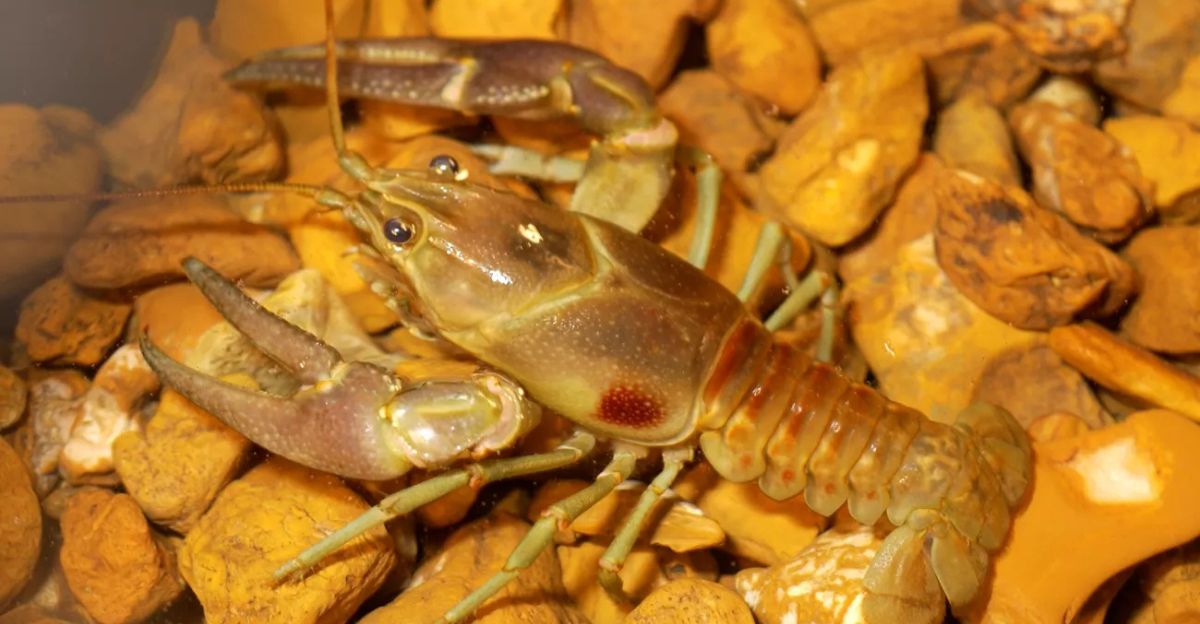
These pesky crayfish are larger and more aggressive than Colorado’s native species, often outcompeting them for food and habitat. They can be spotted a mile away by their distinctive rusty patches on either side of their abdomen and dark black rings near the tips of their claws. They are also very well-known for their larger-than-life appetite and their knack for not getting caught easily.
Why Are They A Problem?
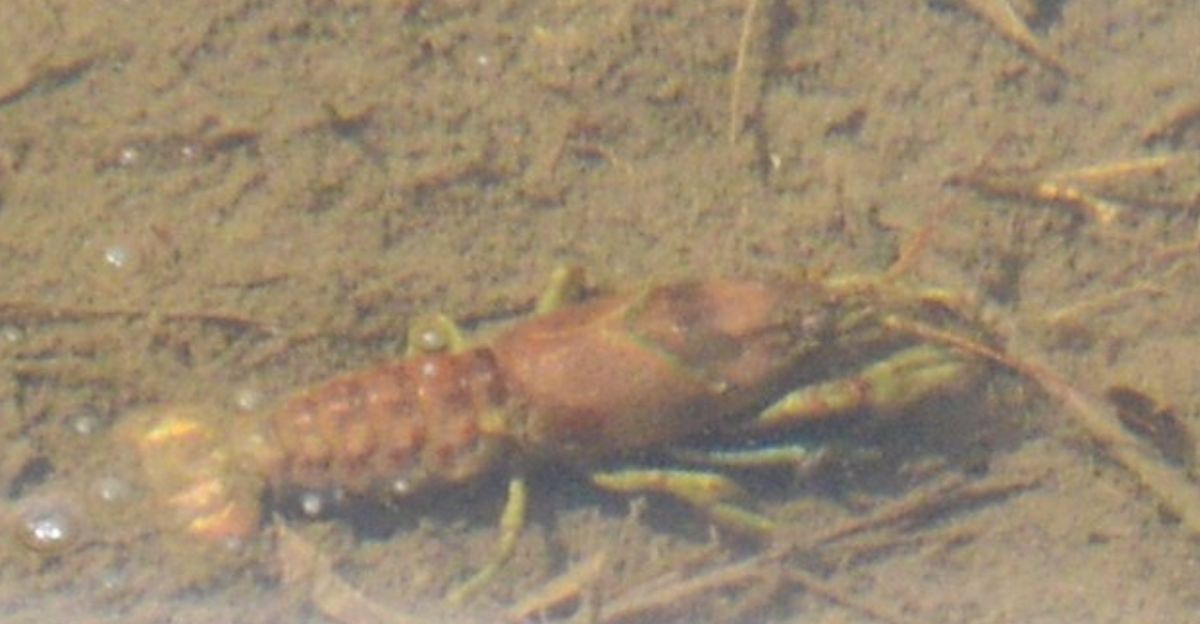
Rusty crayfish are a huge problem when they invade other habitats because they eat a lot of aquatic plants and smaller animals, which native fish and other wildlife usually use as a source of sustenance.
Without these populations, other fish could face a population decline with less food available. Native crayfish cannot compete with the larger, more aggressive crayfish, pushing them out of their own habitat.
Their Aggression
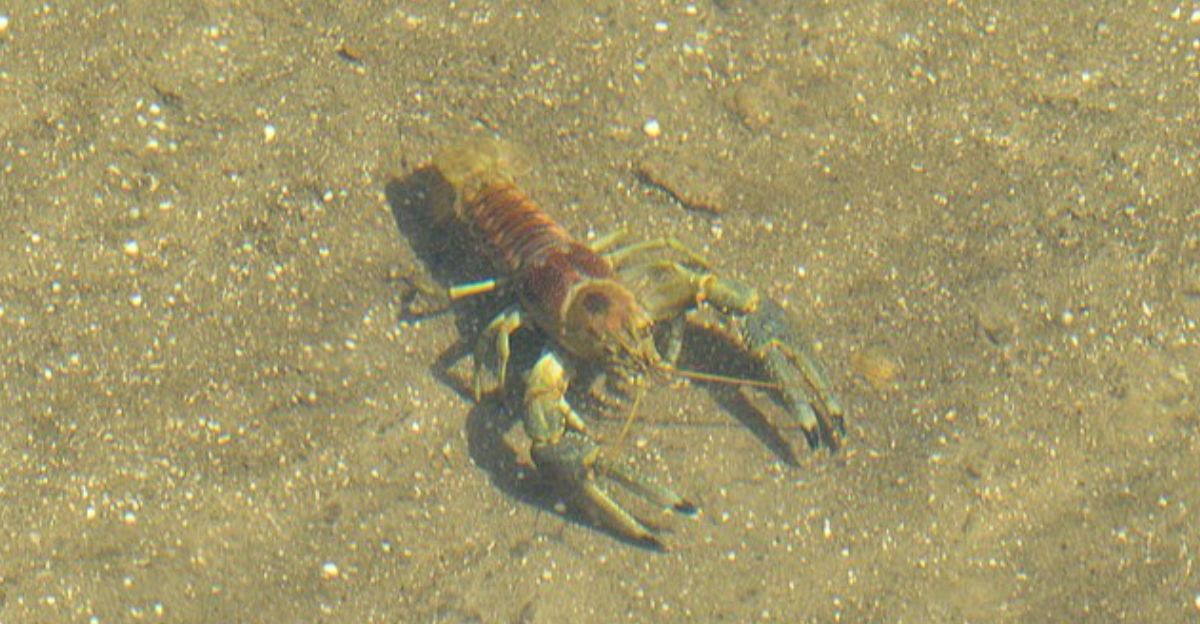
Rusty crayfish are a lot bigger than native crayfish in Colorado, and reproduce much faster, with females carrying hundreds of eggs. They are also aggressive animals, which allows them to muscle into habitats and take all of the resources, sparing non for local wildlife.
Once a population has established itself, it is hard to control them or get them out due to these factors.
Ecological Effects
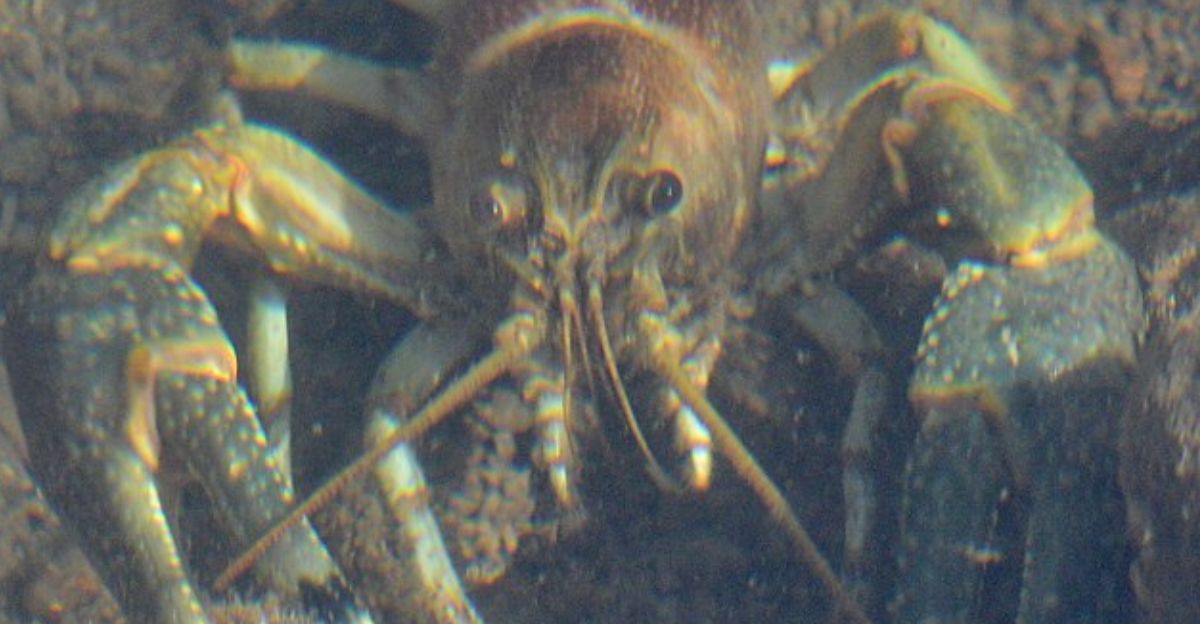
Aquatic plants play a vital role in their habitats by reducing soil erosion and increasing water clarity. These plants also create shelter for fish to be able to breed and remain hidden.
Even insects benefit from these plants, so their population loss through the rusty crayfish’s appetite can cause negative ecological effects on the ecosystem, affecting many different species.
Impact On Fishing
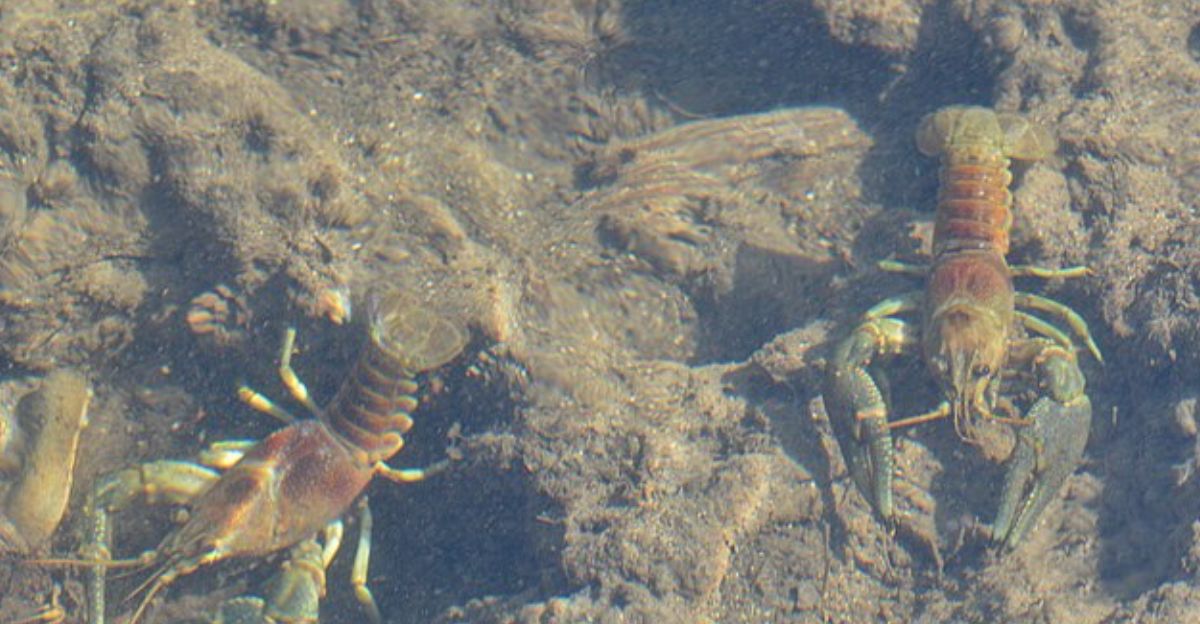
With large populations now in waterways in Colorado, they are becoming a source of prey for bigger fish like trout, which are popular in fishing. The issue is that they are not a good source of food for these fish populations, which could decline as a result.
Recreational fishing could take a hit with fewer sportfish in waterways, negatively impacting Colorado’s economy and culture.
Impact on Recreational Activities
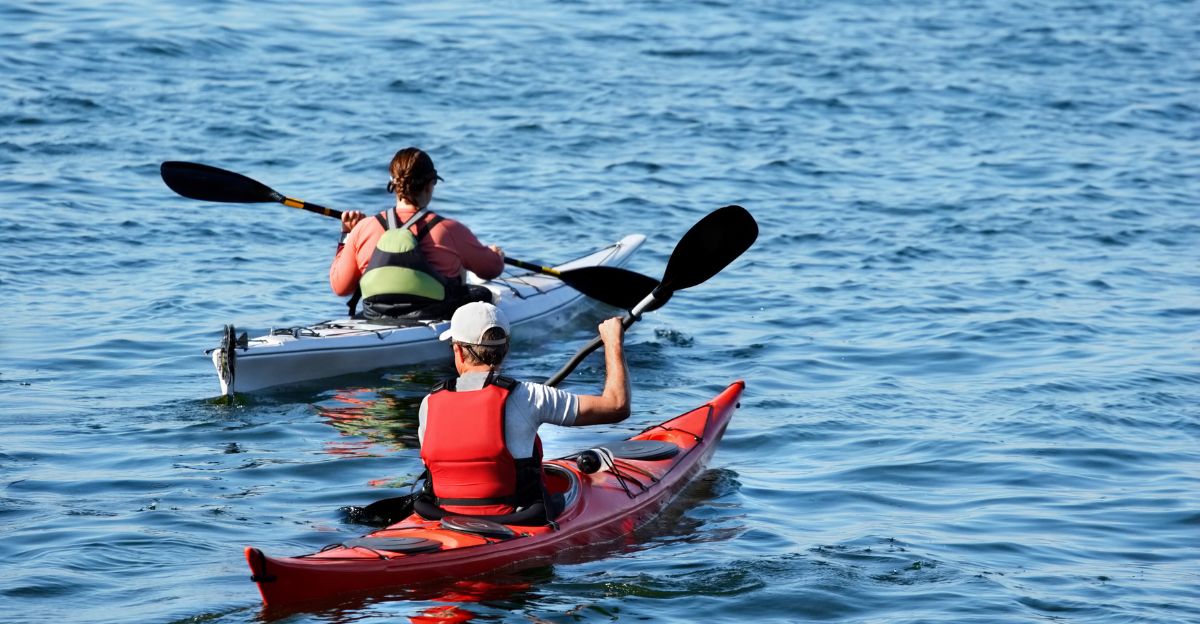
These activities play a big role in an area’s economic health, and invasive species can seriously threaten that health. The economic toll is staggering, with invasive species causing billions in ecological damage and control costs nationwide, and Colorado is no exception. Recreation suffers from and contributes to invasive species problems, creating a vicious cycle.
Hard To Remove
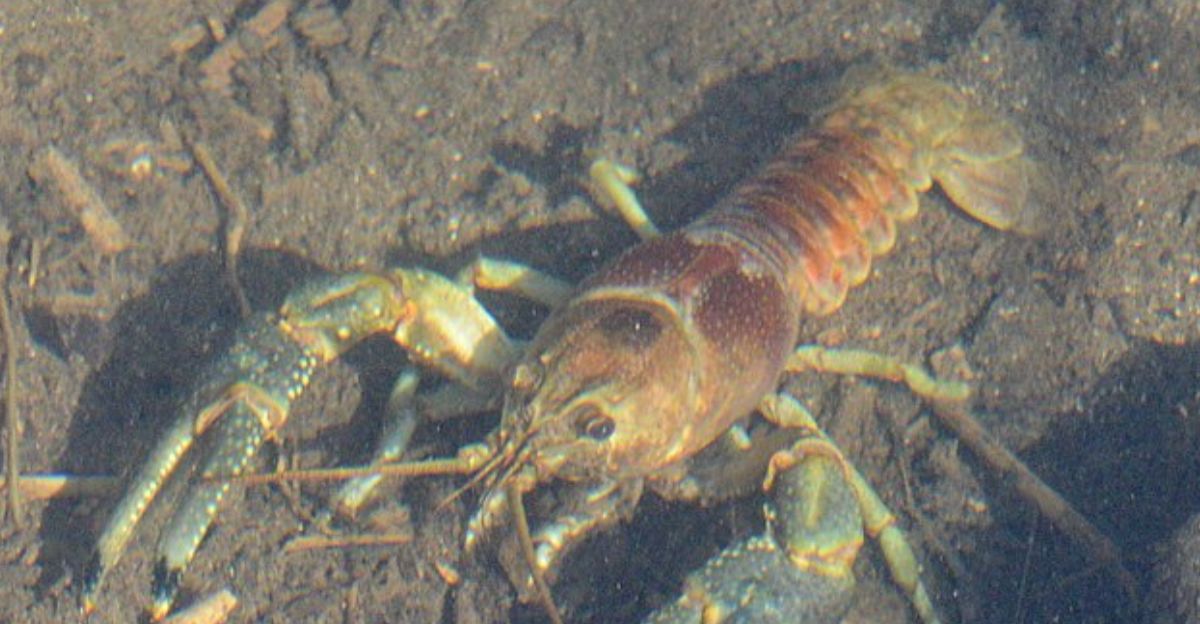
Rusty crayfish are difficult to remove or eradicate from the environments they invade because chemical methods often harm native species as well. Trapping can help, but it needs to be done on a large scale and constantly in order to match their high reproductive rate.
Even populations that have been nearly completely removed can bounce back quickly due to their quick reproduction. The best ways of dealing with this invasive threat are through preventative measures rather than reactionary ones.
Prevention and Early Detection
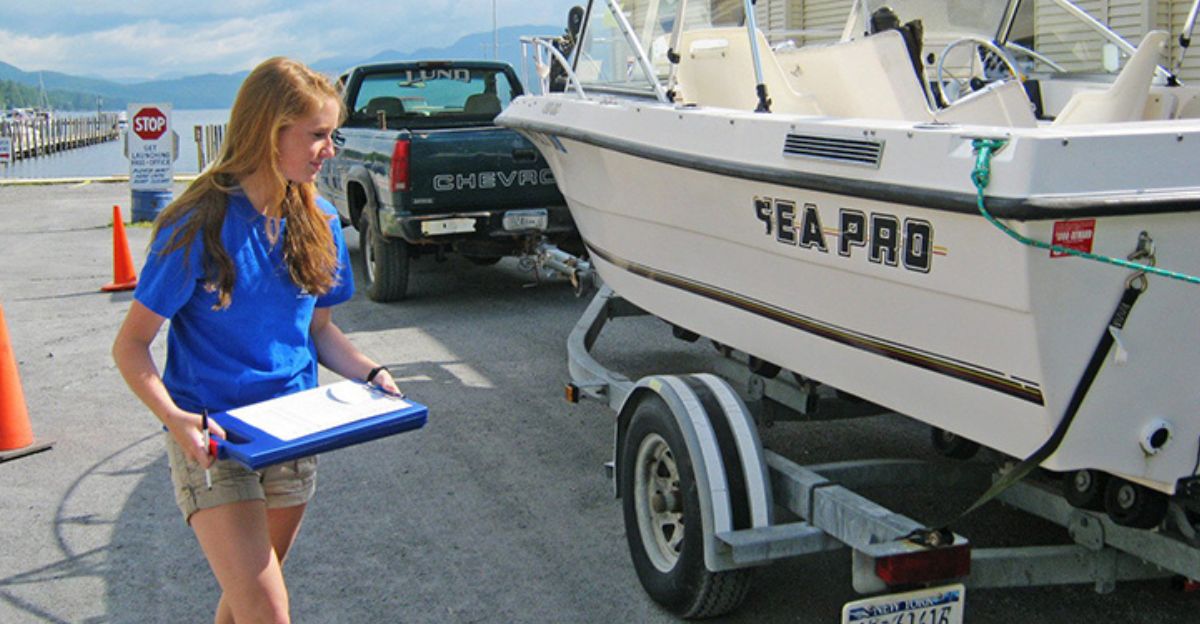
Colorado Parks and Wildlife (CPW) emphasizes prevention as the most effective tool against invasive species. Early detection and rapid response are critical to containing new infestations before they become unmanageable. Keeping the public informed goes a long way in keeping their critters in their own space.
How Invasive Species Spread
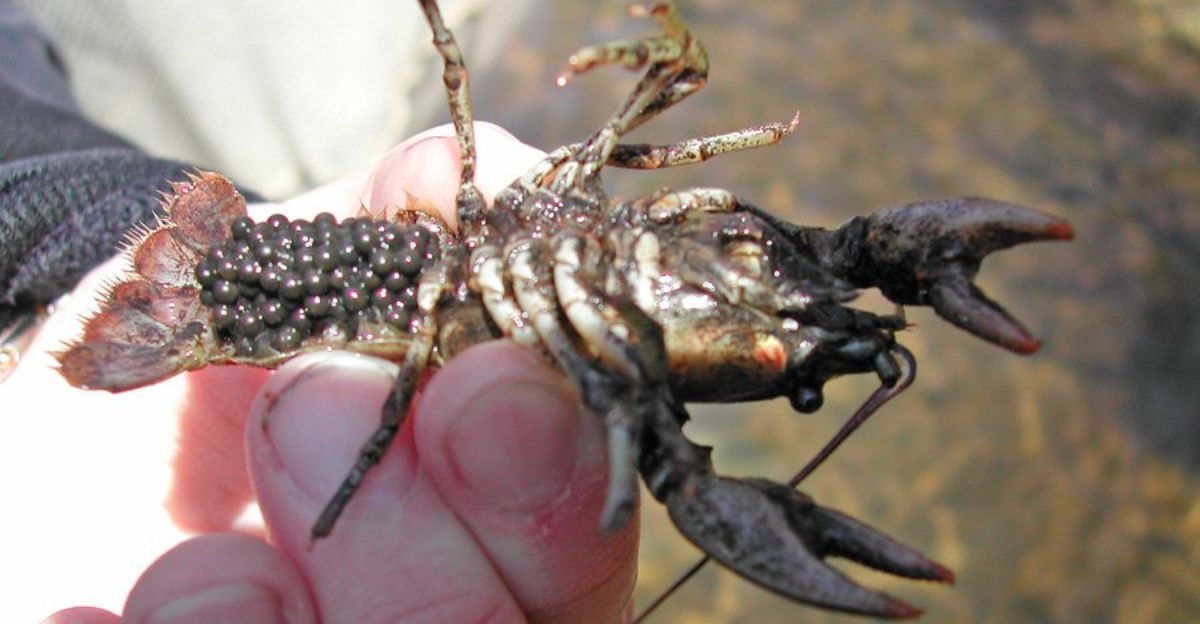
These little critters don’t end up in the water alone; they usually have help from human activity. These sneaky creatures often hitch a ride on boats, trailers, fishing gear, and even on watercraft hulls or in bilge water, allowing them to move from one body of water to another undetected. Recreational activities like boating, fishing, the aquarium, and water garden trade create pathways for accidental introductions, giving them easy access to local waterways.
Long-Term Ecological Risks
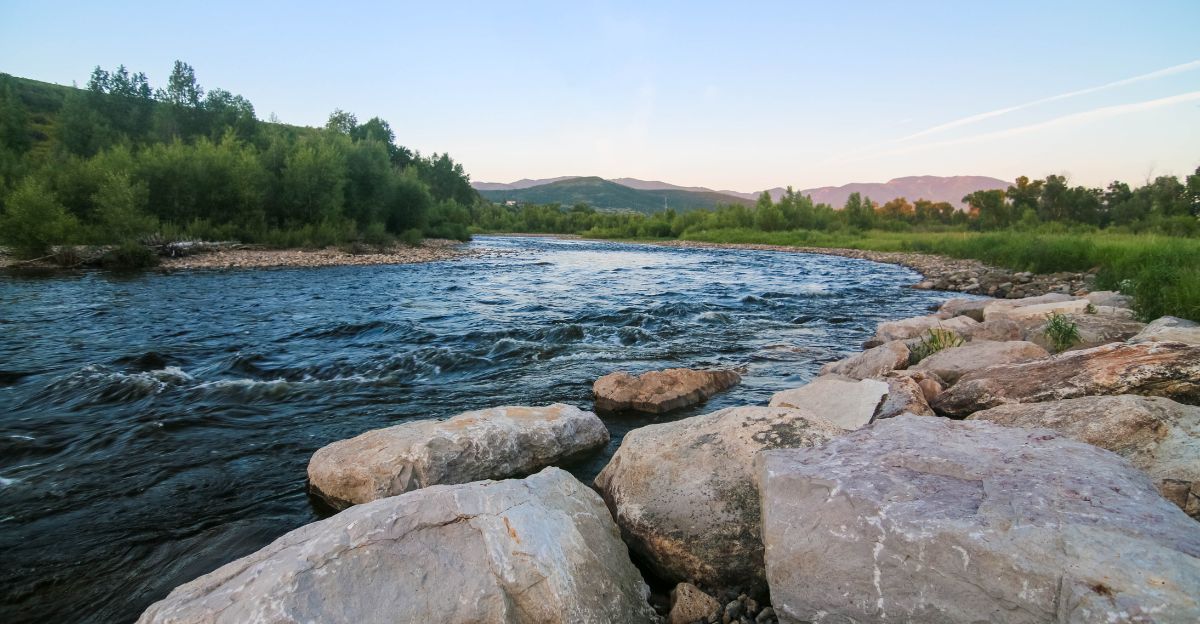
If these species are left unchecked, they can seriously affect the environment in the long run. These invaders outcompete native species for resources, often leading to drastic declines or even extinctions of vulnerable fish and plant populations that have evolved to rely on the river’s unique hydrologic patterns over thousands of years.
Double the Threat
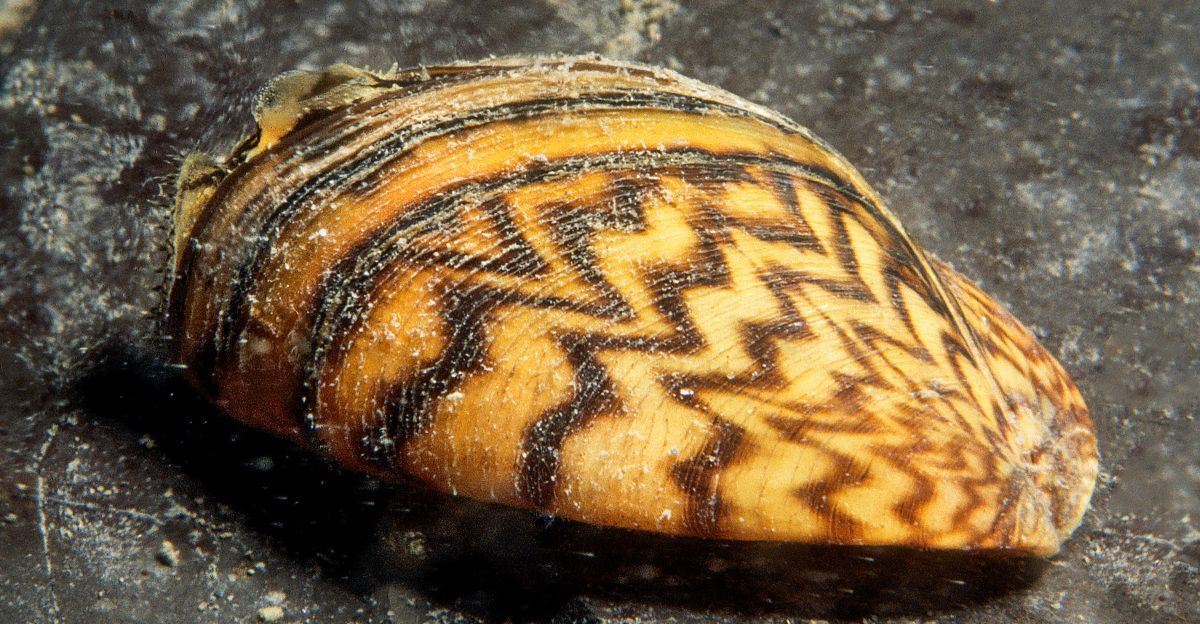
Besides battling the ongoing threat of the Rusty Crayfish, another invasive species has crept into the water. In July 2024, zebra mussel larvae were detected in the Colorado River near Grand Junction, further escalating the battle against invasive species. Zebra mussels reproduce rapidly, allowing them to quickly colonize new habitats, depriving native fish and other aquatic life of essential food sources, and threatening the health of the entire river ecosystem.
The Impact of Zebra Mussel
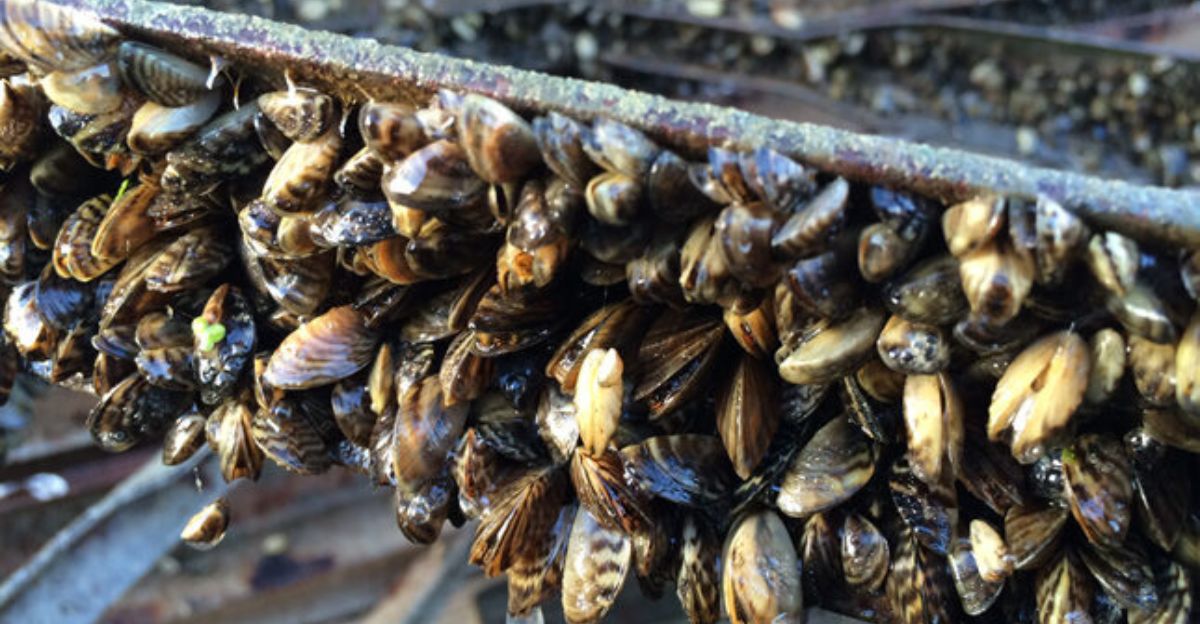
These mussels can clog irrigation pipes, water intake valves, and other critical infrastructure, leading to costly maintenance and repairs. In the U.S., zebra mussels cause an estimated $1 billion in damages annually to water infrastructure and industries. In Colorado’s Grand Valley, where agriculture and tourism depend heavily on reliable irrigation and clean waterways, the infestation threatens the local economy and livelihoods.
People Can Help
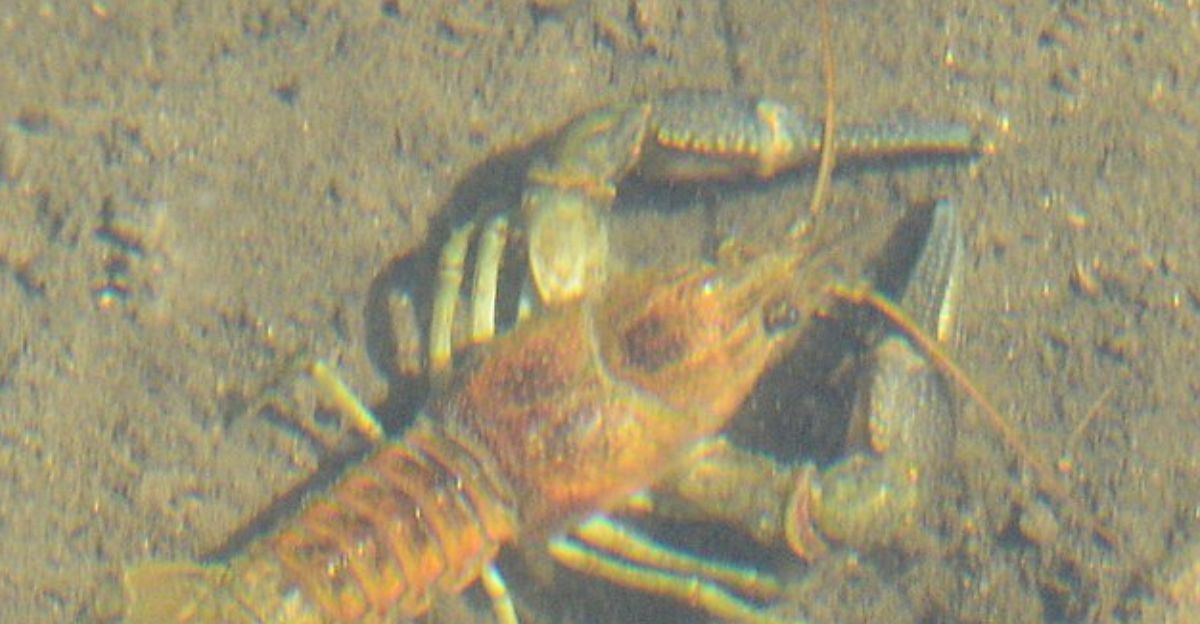
If the public is more educated about this issue, then the rusty crayfish population could be reduced. Anglers and boaters could learn that releasing these invasive animals can seriously harm the ecosystem.
Many people aren’t aware of the harm that these animals can cause, which is why live bait is still being released. Educational programs could teach more people about these factors, and once educated, they would understand the fragility of the waters they fish in.
Boaters and Anglers Can Make a Difference
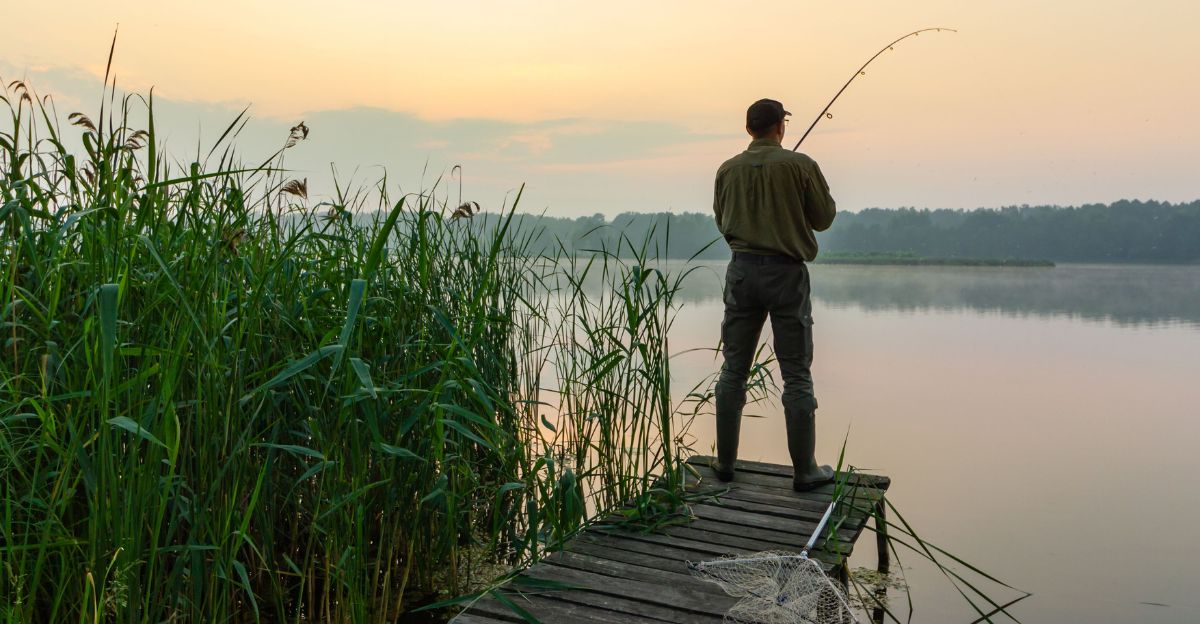
Inspecting, cleaning, and drying boats, trailers, and gear before moving between water bodies is essential to stop hitchhiking invaders from moving to different waters where they can take over completely. There are a few mandatory inspection points at popular Ports of Entry where these invasive species are often intercepted and taken care of.
The Aquatic Nuisance Species Program
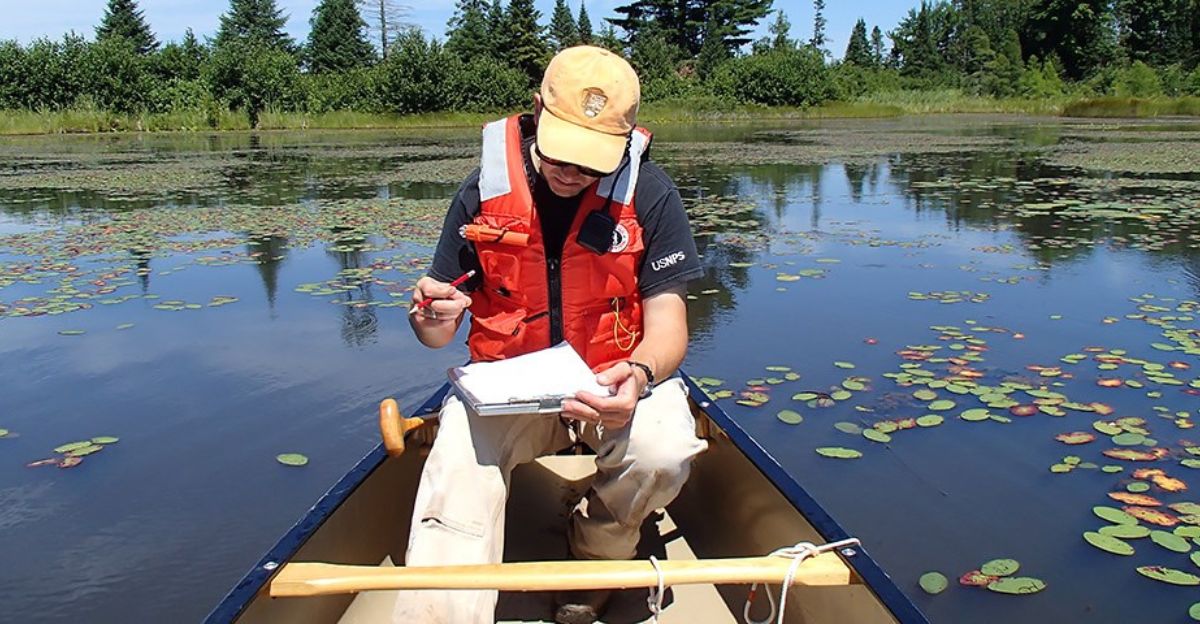
The Aquatic Nuisance Species (ANS) Program, managed by Colorado Parks and Wildlife, is the state’s frontline defense against the spread of aggressive invasive species in Colorado waterways. Established under the Colorado Aquatic Nuisance Species Act of 2008, the program’s primary goal is to protect Colorado’s natural resources, recreational opportunities, and critical water infrastructure by preventing new introductions of harmful invaders. Programs like these differ between saving and losing the environment for good.
Cleaning Is Important
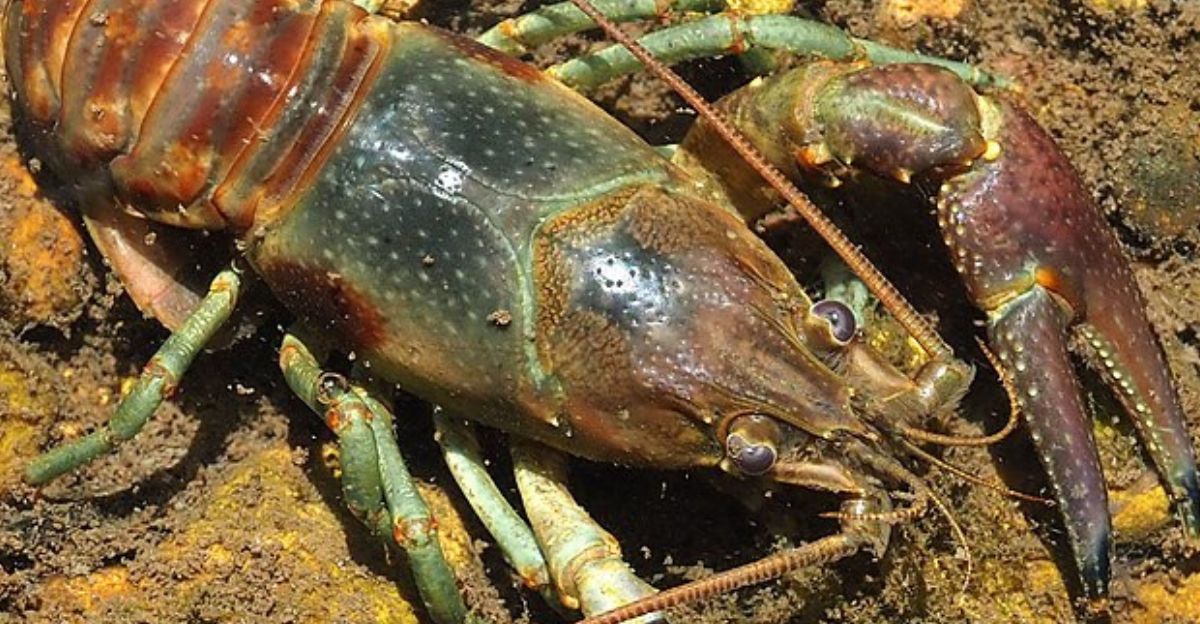
The problem stems beyond just accidental releases into waterways, as boats and gear can unknowingly harbor these invasive animals. Vessels and fishing equipment should be cleaned thoroughly when moving between different ecosystems to reduce the chances of transporting these invaders to new places.
Sighting of these crayfish can also be reported to authorities, which will help wildlife managers track and respond to the threat.
Are There Any Benefits?
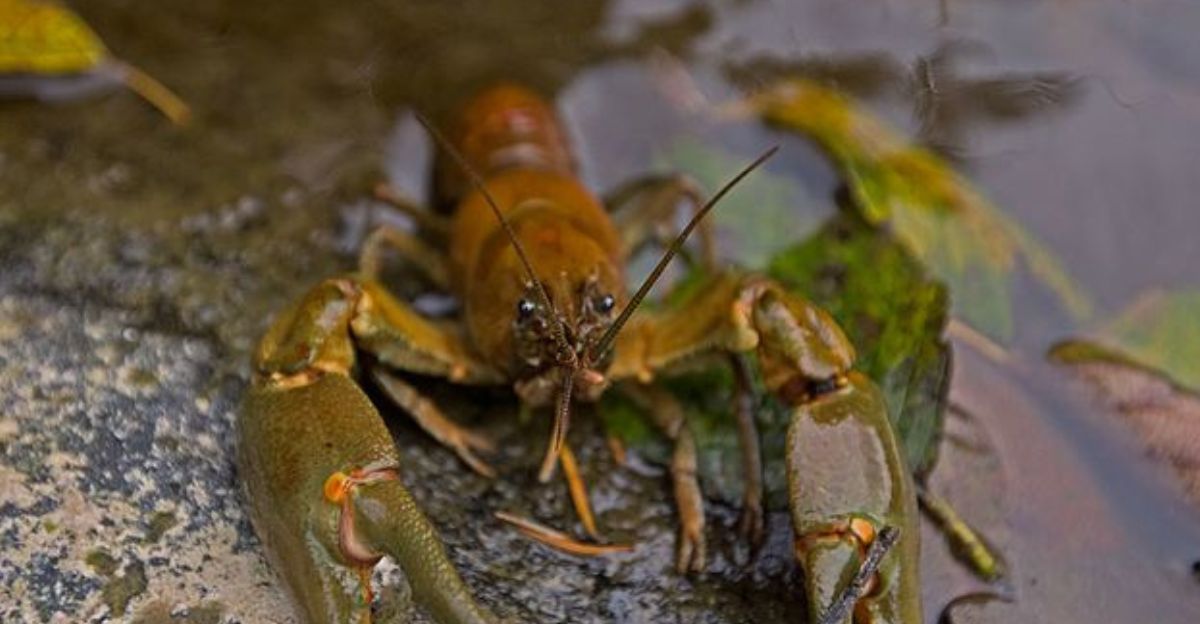
While the damage that rusty crafish do to their environment is unprecedented, there are still scientists who believe that they may fill some beneficial roles as well.
They could help nutrient cycling and create new habitats. This idea challenges conventional ideas from most conservationists, but it is still worth being aware of. In the future, these contrasting ideas could help researchers find their uses in managed populations.
Lessons From Other States
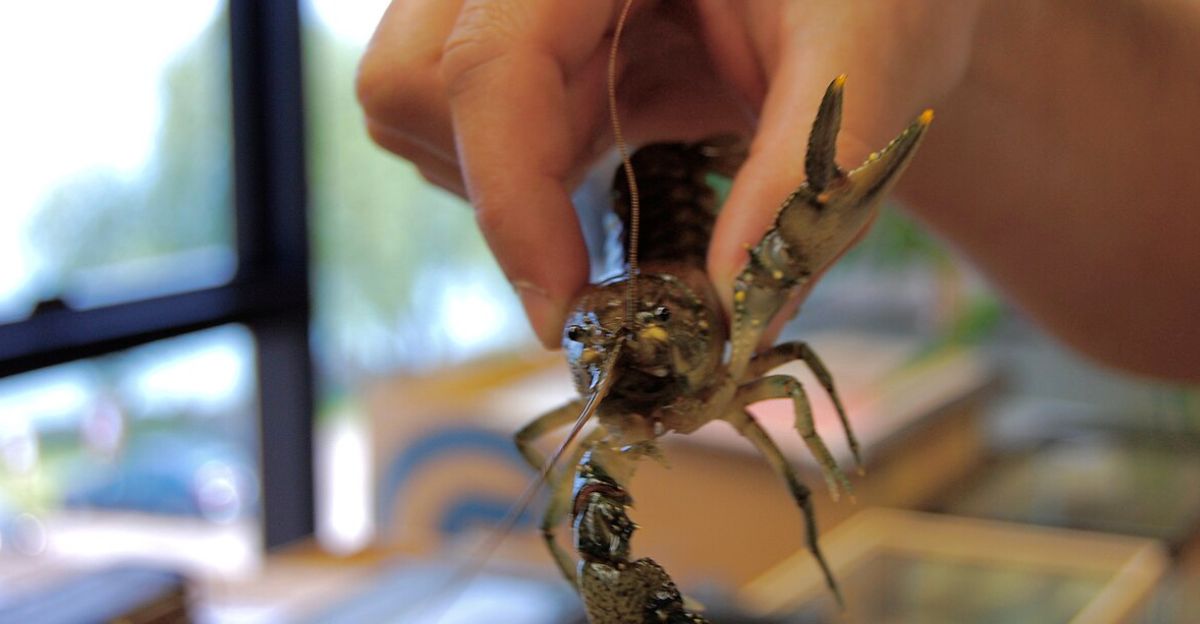
The invasion that is happening in Colorado has plagued states like Wisconsin for years, and we might be able to learn some lessons from them. Wisconsin has more than 860 bodies of water that are inhabited by rusty crayfish.
The state has tried using both trapping and encouraging locals to eat them as a means of lowering their population. Crayfish are banned from being used as bait in the St. Croix River to prevent further spread.
Using Technology
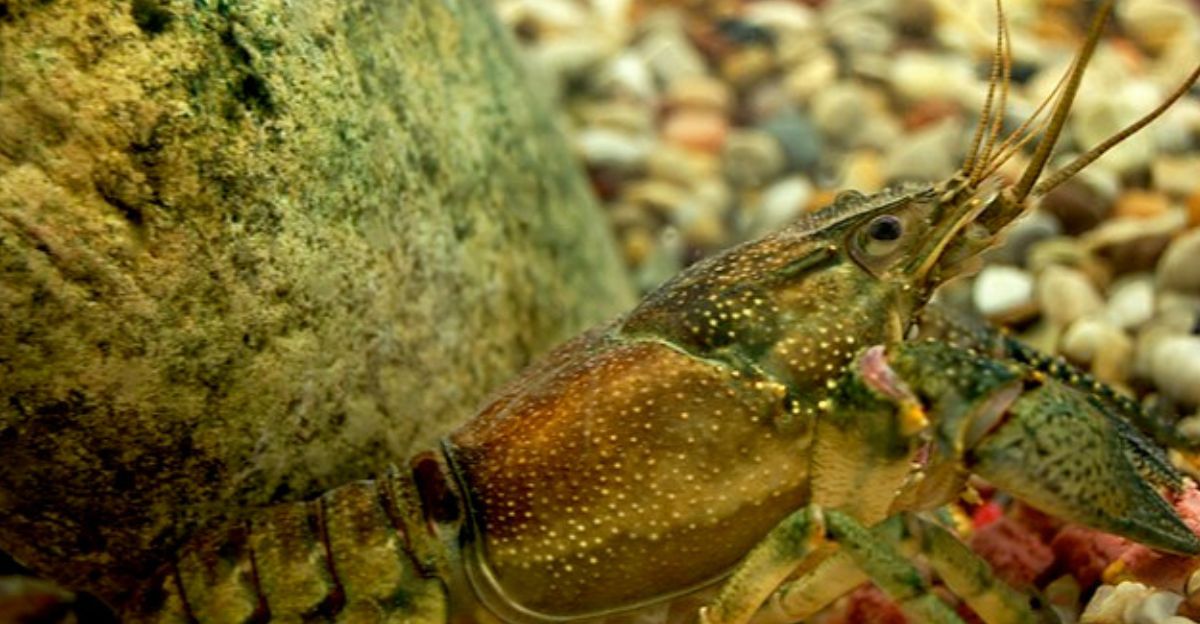
As technology develops, new means of controlling local invasive populations emerge. Apps like iNaturalist can be used by any citizen and can be a platform for reporting invasive species.
This crowdsourcing could become a vital way of monitoring more waterways and having a better idea of how far the spread of crayfish has gotten.
Invasive Species Are A Problem
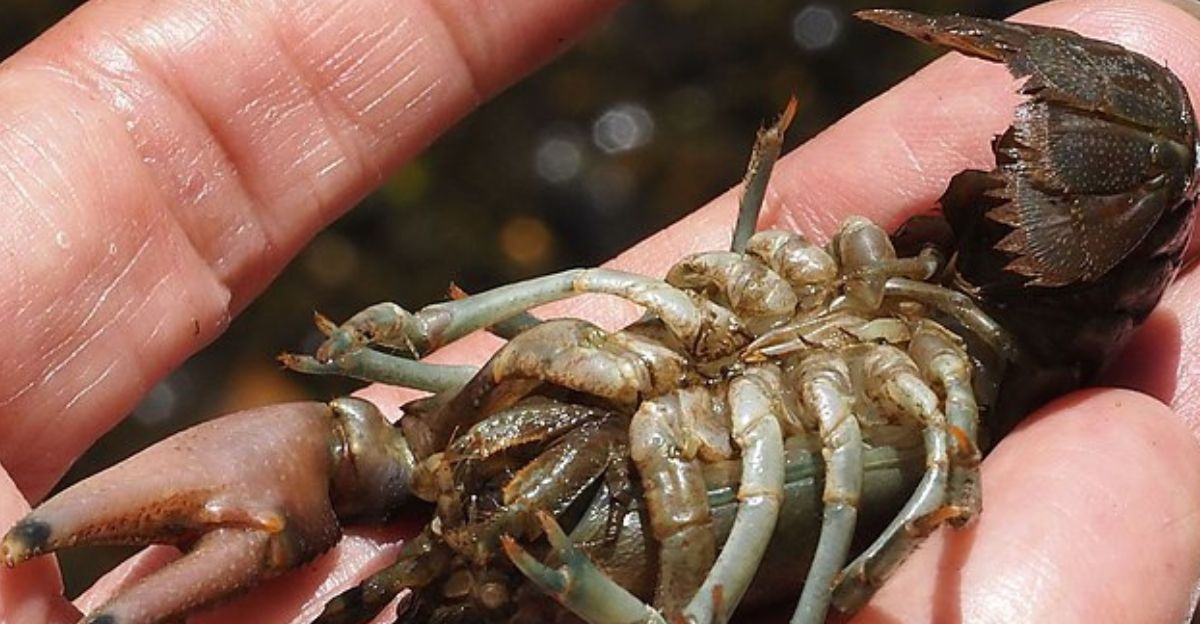
The invasion of rusty crayfish is part of a bigger problem worldwide. Invasive species are becoming an increasing issue everywhere and are doing unprecedented harm to many ecosystems.
Colorado’s experience shows how human actions can unknowingly spread invasive species and how the public can also aid in their mitigation.
Action Is Necessary
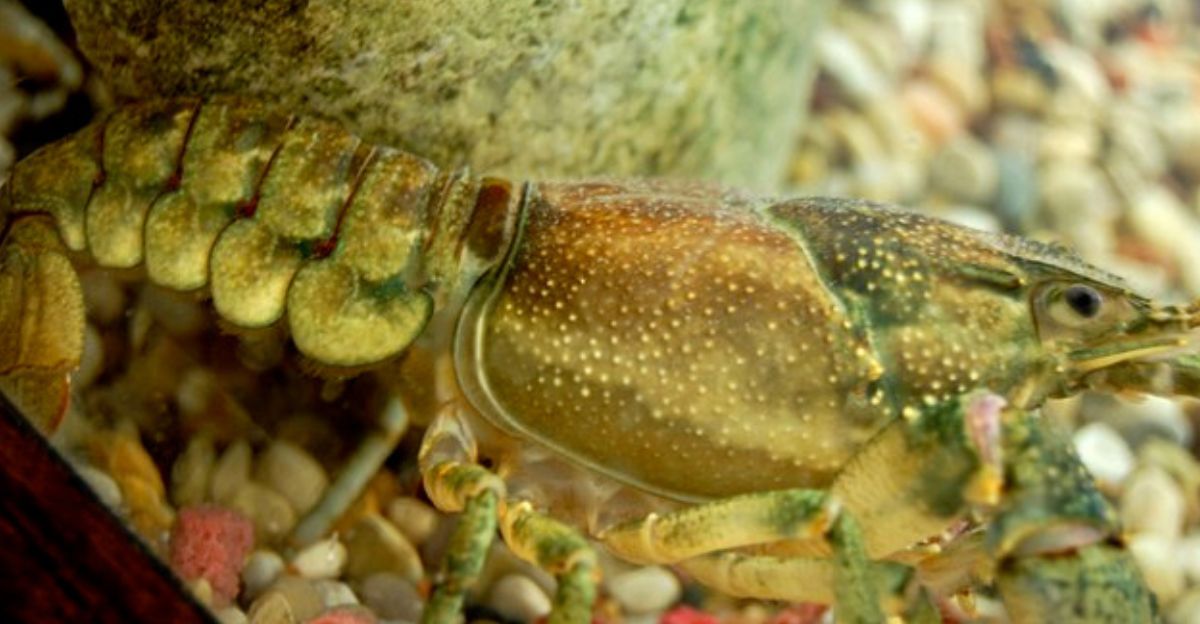
As Rusty crafish continue to threaten Colorado’s waterways by damaging local habitats and native species, completely getting rid of them seems impossible. However, mitigation efforts, education, and early calls to action could help to stop their spread into new bodies of water.
Everyone has a role to play in helping prevent their spread, and it may be what’s necessary in order to keep the many rivers, streams, and lakes of Colorado ecologically balanced.
Success Stories and Ongoing Battles
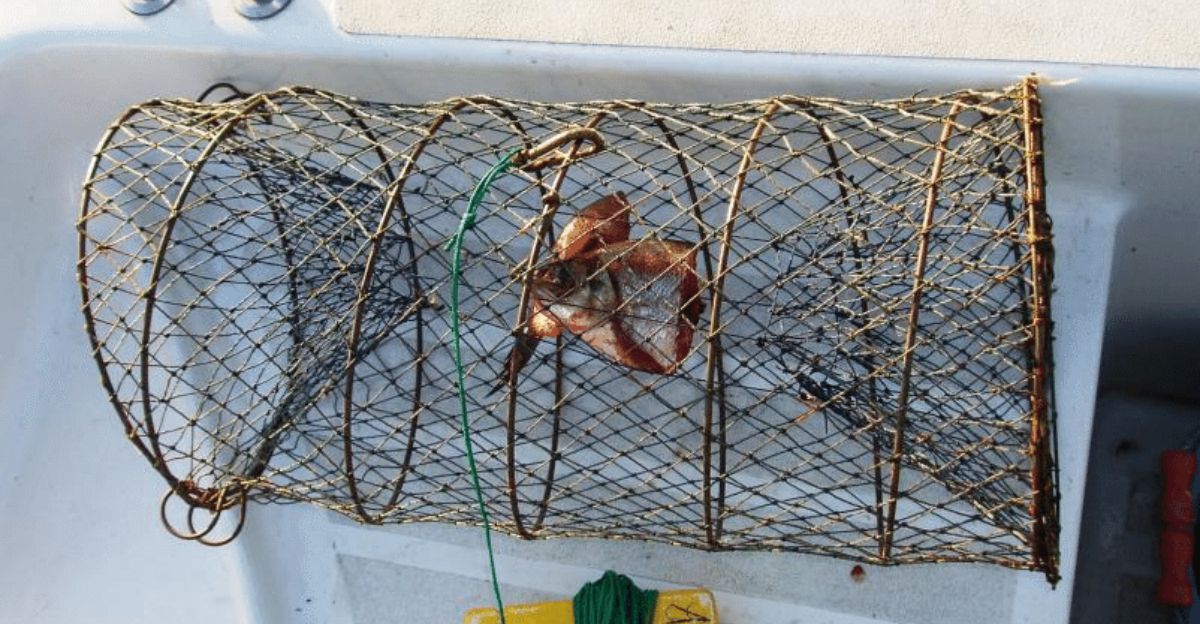
While some waters remain free of certain invasive species thanks to vigilant prevention and management, these invasive species show just how quickly water bodies can get infested, and there is a need for extreme vigilance in protecting them. In 2015 alone, CPW intercepted a record number of infested boats, effectively protecting many waterways from infestation while neighboring states without such programs continue to struggle with widespread invasions.
Explore more of our trending stories and hit Follow to keep them coming to your feed!

Don’t miss out on more stories like this! Hit the Follow button at the top of this article to stay updated with the latest news. Share your thoughts in the comments—we’d love to hear from you!







